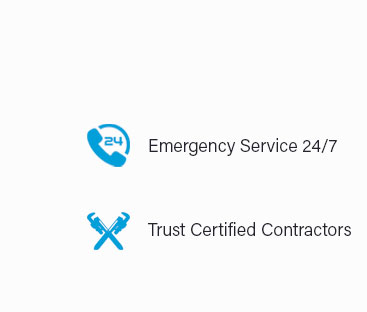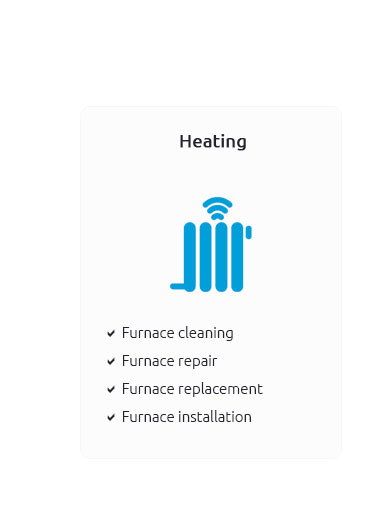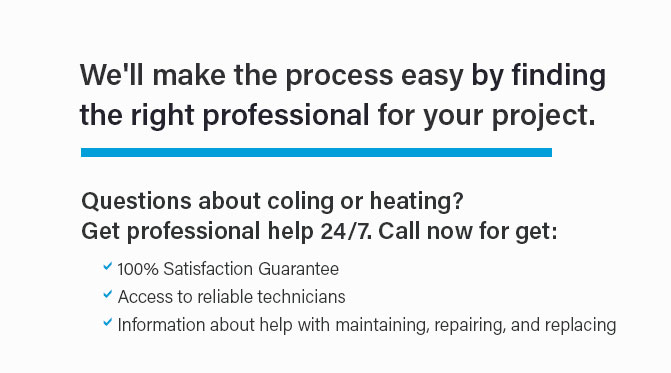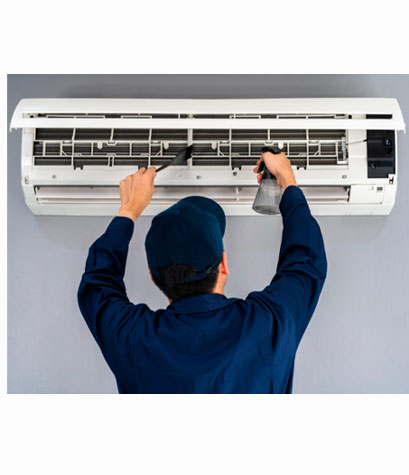 |
 |
 |
 |
 |
 |
 |
 |
 |
 |
 |
 |
 |
 |
 |
 |
Comprehensive Guide to Central Air Conditioning Repair and MaintenanceUnderstanding Central Air Conditioning SystemsCentral air conditioning systems are complex devices designed to cool entire homes or buildings. They consist of several key components, including the compressor, condenser, and evaporator. Proper functioning of these parts ensures efficient cooling. Key Components
Common Issues and SolutionsRegular maintenance is crucial to avoid common central air conditioning issues. Some typical problems include refrigerant leaks, electrical control failure, and sensor issues. Refrigerant LeaksLeaks in the refrigerant lines can significantly reduce cooling efficiency. It's important to have these addressed by professionals, such as those at central air conditioning repair near me, to ensure system integrity. Electrical Control FailureFrequent cycling can wear out controls and compressors. Ensuring regular checks can prevent costly replacements. Benefits of Professional Repair ServicesHiring professionals for repairs ensures safety, efficiency, and quality service. An american air conditioning company provides trained technicians equipped to handle complex repairs, ensuring longevity and performance of your unit. FAQhttps://www.homeadvisor.com/tloc/Reading-PA/Central-A-C-Service-or-Repair/
Hire the Best Air Conditioning Repair Services in Reading, PA on HomeAdvisor. Compare Homeowner Reviews from 4 Top Reading Central A/C Repair services. https://makeitessig.com/hvac-services/air-conditioning-installation/
$500 Off. Free Estimate + No Payments Until 2025 On New Energy Efficient HVAC System + $500 Off New Full System. What you get from Essig: - $79. A/C Repair ... https://www.ultimatecomforthc.com/air-conditioning
Trust Ultimate Comfort Heating and Cooling with all your air conditioner repair needs. We have the experience and skills to do the job right and make your ...
|